Studying in the United States is a lifelong dream for millions of students around the world. Beyond academic goals, many also aspire to stay in the U.S. and build a long-term life after graduation. For those students, the Green Card is the ultimate gateway to permanent residency. However, the process of obtaining one—and even understanding what a Green Card entails—can be confusing.
I. I. What is a green card? Why do international students care about it?
A Green Card is a permanent resident permit in the United States, allowing foreigners to live, study and work long-term in the United States. Green card holders also enjoy many benefits similar to those of a US citizen. For international students, having a green card is not only an opportunity to stabilize their lives but also a stepping stone to develop their careers in the United States.
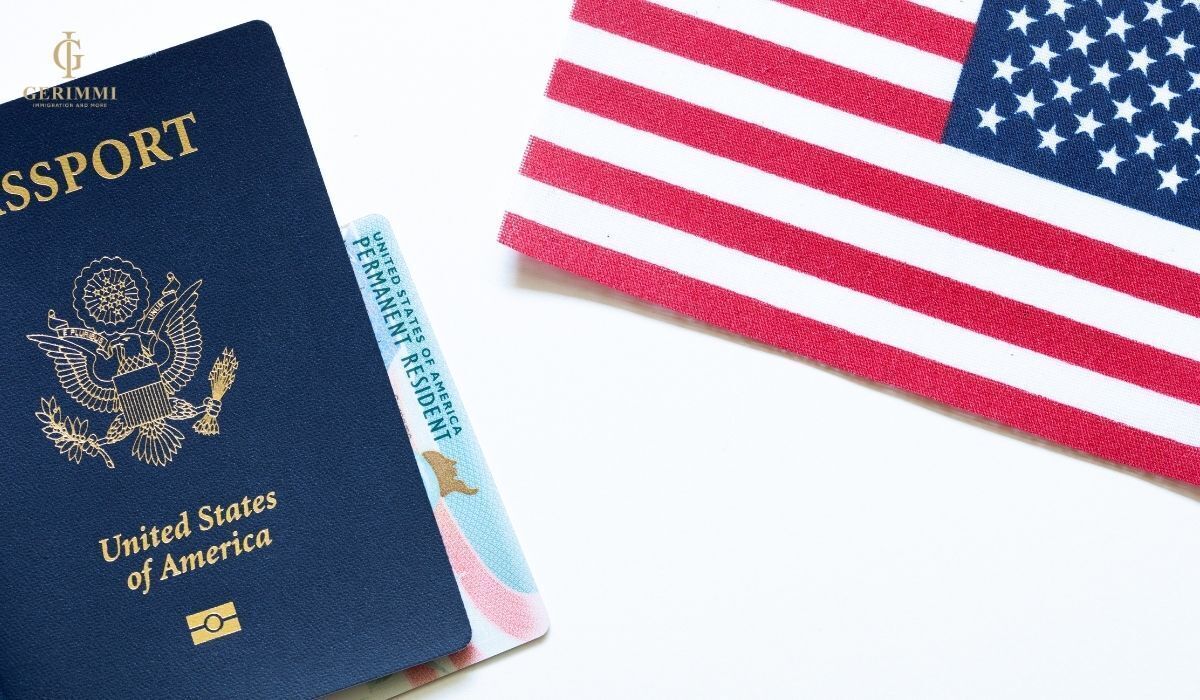
Why are international students interested in green cards?
- Work and live permanently in the US without being bound by visa duration.
- Expand career opportunities after graduation.
- Enjoy support policies such as in-state tuition and social benefits.
- Easier to apply for scholarships, jobs, loans, and buy a house.
- A stepping stone to applying for US citizenship if eligible.
II. How many types of green cards are there? Which one is suitable for international students?
US green cards are divided into different categories, reflecting the purposes of immigration and the subjects who are granted them. Understanding each type of green card will help international students determine the most suitable path to legal and permanent settlement in the United States.
Each green card type has different requirements, processing times, and conditions. For international students, choosing the right card type will help the transition from a student visa to permanent residency go smoothly and safely.
1. Main types of green cards in the U.S.
- Family Green Card:Applicable to foreigners who have relatives in the US who are citizens or permanent residents. The relatives will sponsor and file for a green card for you. This is one of the most popular paths to legal settlement in the US.
- Employment-based green card:Including EB-1, EB-2, EB-3 groups for foreign workers with high qualifications or specialized skills recruited and sponsored by US businesses. This is a popular choice for international students after graduating and finding a job in the US.
- Green Card by Investment (EB-5):Granted to foreigners who invest $800,000 or more in an approved economic project in the US and create at least 10 jobs for US citizens. This is a fast-track settlement path for those with financial capacity.
- Special Green Card:Including cases such as refugees, people with humanitarian protection, people with special talents in science, arts, sports... This category requires proof of outstanding ability or special circumstances.
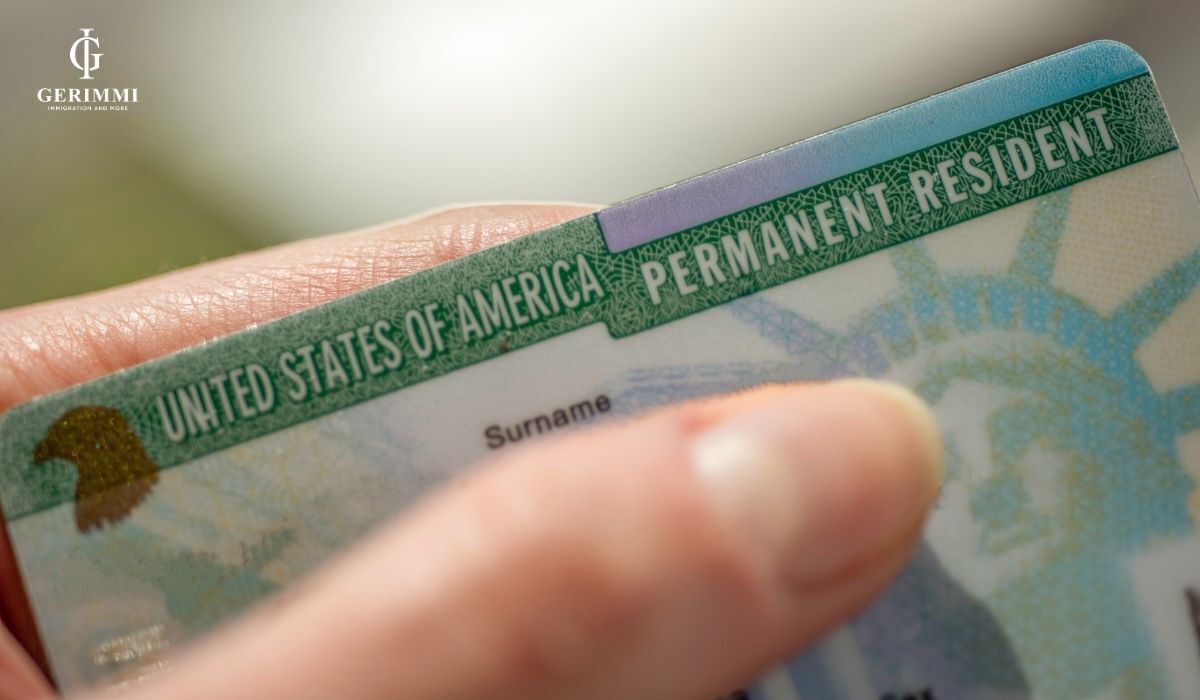
2. Types of green cards most suitable for international students
- EB-2/EB-3 - Employment Sponsorship:This is the most suitable route for most international students. After graduation, you can stay in the US to work under the OPT program, then apply for an H-1B visa and have a business sponsor you to apply for a green card under the EB-2 category (if you have a master's degree) or EB-3 category (if you have a bachelor's degree and specialized skills).
- EB-1/NIW - Exceptional Achievement or National Interest:International students with outstanding research achievements, many scientific articles, international awards, or working in fields that benefit the United States (science, medicine, technology, etc.) can apply for a green card under the EB-1 category or apply for a waiver under the NIW (National Interest Waiver) category.
- EB-5 - Immigration Investment:If the international student or family has strong financial capacity, they can invest at least 800,000 USD in a government-approved regional center and apply for a green card under the EB-5 program. This is a fast path but requires clear financial preparation.
- Green card by marriage to US citizen:In the event that an international student legally marries a US citizen, he or she may be sponsored to apply for a green card. However, the marriage must be genuine and must undergo a rigorous screening process to avoid being considered a “sham marriage” for immigration purposes.
III. Can international students get a green card?
Student visas (F1) and exchange visas (J1) are temporary visas that allow students to study in the United States for a limited period of time. These types of visas non-immigrant and cannot automatically convert to green card if not through a legal route.
Main features of student visa:
- You may only stay in the US to study, and may not work full-time off-campus (except for conditional OPT or CPT programs).
- You are not allowed to apply for a green card while holding an F1 visa unless you legally change status.
- After completing the study program, if they do not change status (to OPT, H1B, marriage, investment...), international students are forced to leave the United States.
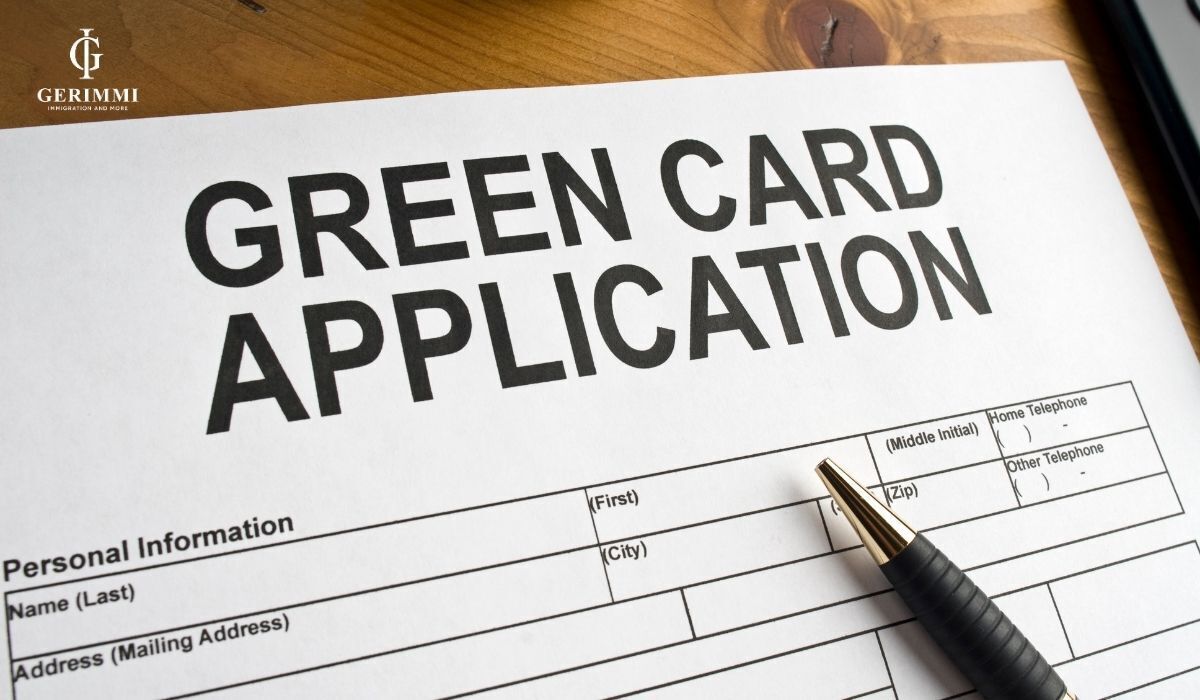
IV. Conditions to change from a student visa to a green card
1. Marriage to a U.S. citizen
One of the most direct and quickest ways for international students to obtain a green card is through marriage to a US citizen. When the marriage is proven to be legal, genuine and not for immigration purposes, the US citizen spouse can sponsor and file for a green card on your behalf.
If the marriage has been less than 2 years at the time of issuance of the green card, you will be issued a conditional green card, and can then apply to remove the conditions to convert to a permanent green card.
2. Sponsorship by family members
If you have a close relative who is a citizen or lawful permanent resident of the United States, they can sponsor you for a green card. Qualifying relationships include parents, children, and siblings, depending on the sponsor’s residency status. However, family-based applications can take a long time to process, ranging from several years to more than a decade.

3. Employment and employer sponsorship (EB-2, EB-3)
For international students who have graduated in the U.S. and intend to stay and work long-term, being sponsored by a U.S. employer is a sustainable and legal pathway to obtain a green card. After completing your academic program and participating in OPT or transitioning to an H-1B visa.
You may be eligible for employer sponsorship under the EB-2 category (if you hold a master’s degree or higher, or have exceptional ability) or EB-3 category (if you have a bachelor’s degree and professional skills). This process includes several steps: obtaining a labor certification (PERM), filing Form I-140 (Immigrant Petition for Alien Worker), and finally adjusting your status through Form I-485, provided your visa remains valid.
4. Investment-based immigration (EB-5)
For international students with strong financial capacity or family financial support, the EB-5 investment immigration program is an option worth considering. Only need to invest a minimum of 800,000 USD in a project approved by the US Government.
Usually Regional Centers and create at least 10 jobs for American workers, you can apply for a green card. The initial EB-5 green card will be a conditional card, and after 2 years if the investment project meets the requirements of employment and financial transparency, you can apply for a permanent green card to settle permanently in the United States.
.jpg)
V. Notes when applying for a green card after studying in the U.S.
1. Timing of application is very important
Time is of the essence when applying for a green card, especially for international students. Planning ahead gives you enough time to process the legal paperwork and avoid staying illegally after your visa expires.
Important Note:
- Start preparing your application at least 6–12 months before your student visa (F1, J1) expires.
- Avoid falling into “out of status” - invalid residence.
- Always keep track of your visa remaining time and OPT/CPT expiration dates (if applicable).
2. Clearly prove your relationship or qualifications
When applying for a green card, you need to prove a legitimate reason to settle in the US, through family relationships, marriage, employment or investment. Preparing sufficient and logical evidence is the deciding factor in the validity of the application.
Need to prepare carefully:
- Proof of real marriage if applying under marriage (photo, documents, contact history…).
- Job invitation letter, labor contract, CV, degree if sponsored by a business.
- Legal documents on finance, source of funds, investment project if under EB-5 category.
- Evidence of academic or research achievements if applying for NIW, EB-1.
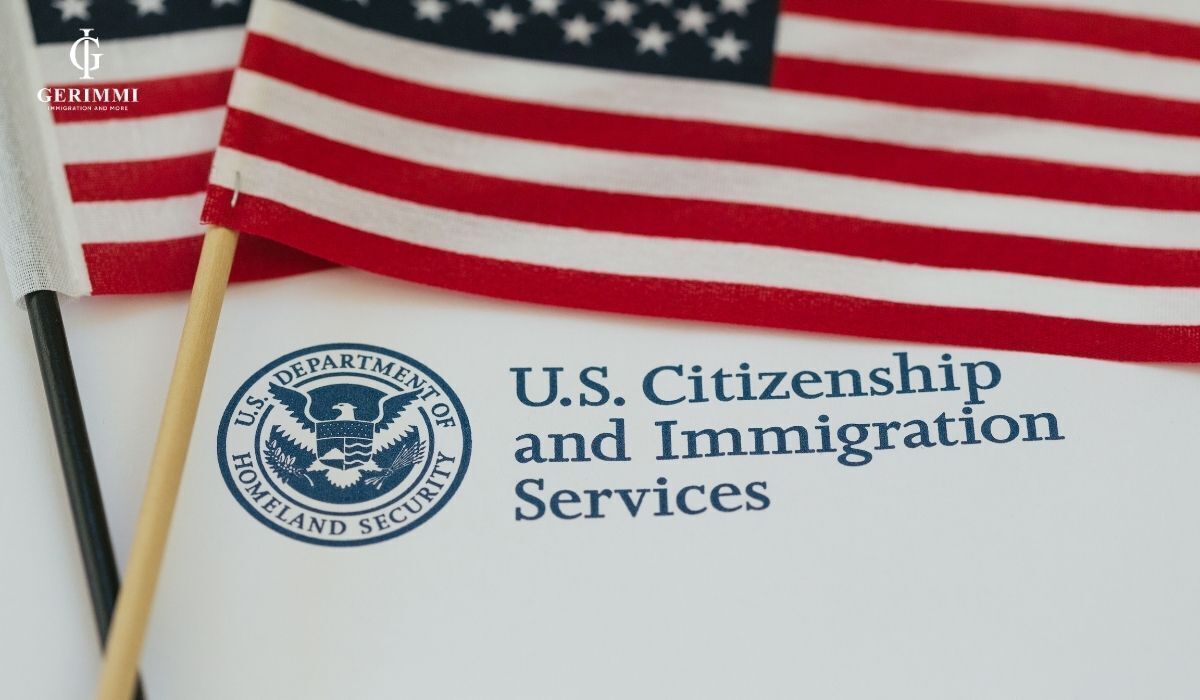
3. Follow regulations on working while on a student visa
Student visas (F1, J1) only allow work under certain conditions. If you violate these regulations, it can seriously affect your future green card application.
Things to remember:
- Only work on campus or as part of OPT/CPT.
- No unauthorized work off campus during school hours.
- When switching to a work visa (H-1B), the correct transition route and timing must be followed.
- Violating labor regulations can result in your green card being denied.
4. Prepare sufficient finances (if applying through the investment route)
The EB-5 category requires you to invest a large sum of money into the US economy. In addition to the investment amount, you also need to clearly demonstrate the legal source of your funds and a plan to create jobs for native workers.
Basic requirements:
- Minimum investment of 800,000 USD in a development incentive zone or 1,050,000 USD in a regular zone.
- The investment must create at least 10 jobs for US citizens.
- It is necessary to prove that the source of funds is transparent and does not violate international law.
- Prepare additional costs: application fees, attorney fees, project management fees…
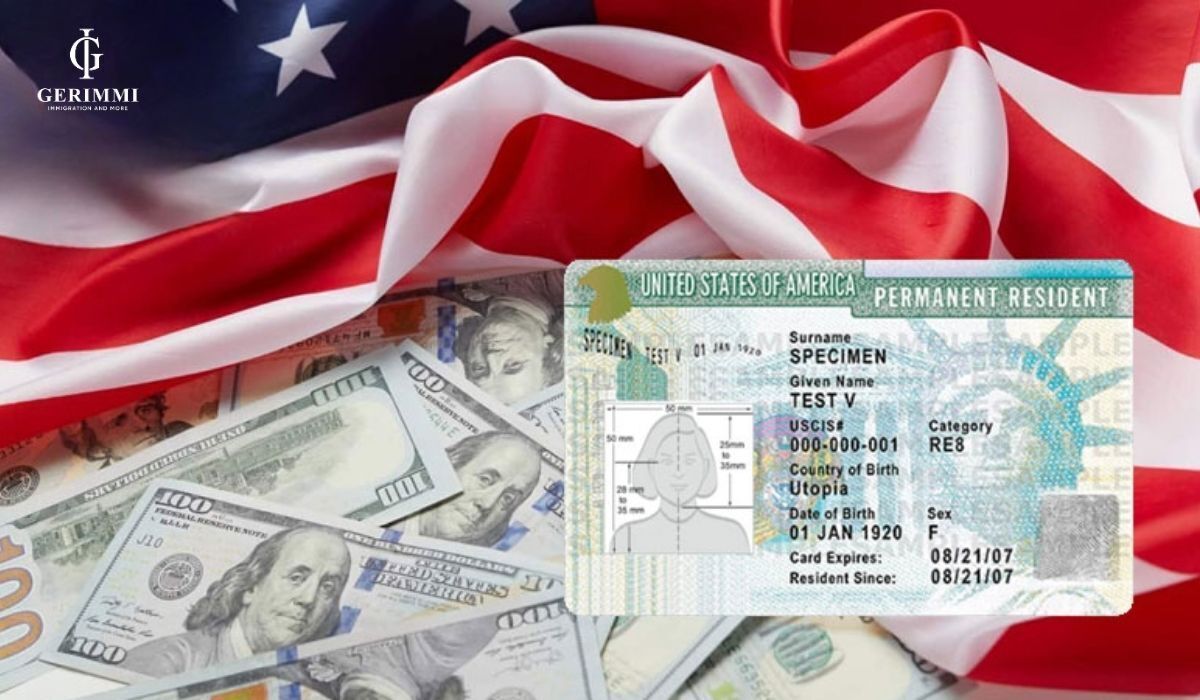
5. Legal consultation from an immigration lawyer is essential
The process of applying for a green card after studying abroad can be complicated, involving many administrative steps and legal documents. Consulting and working with an experienced immigration attorney will help you determine the right direction, minimize risks and avoid unnecessary errors in the application. Especially with complex applications such as changing residence status, adjusting status, or EB-5 investment, an attorney is an indispensable companion.
Conclusion
Getting a Green Card after studying in the U.S. is not a simple task—it requires thorough planning, legal compliance, and sometimes a bit of patience. Understanding the various types of Green Cards, the conditions for transitioning from a student visa, and the most practical paths to permanent residency will greatly improve your chances.

